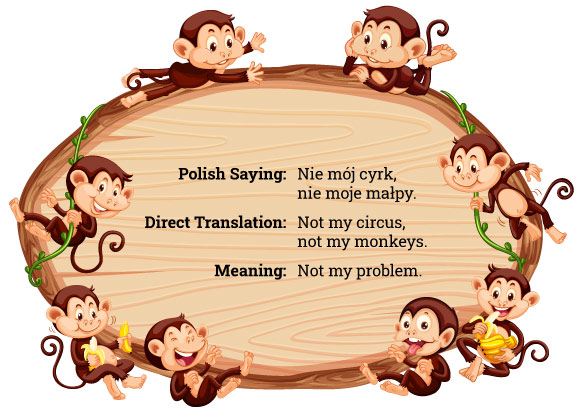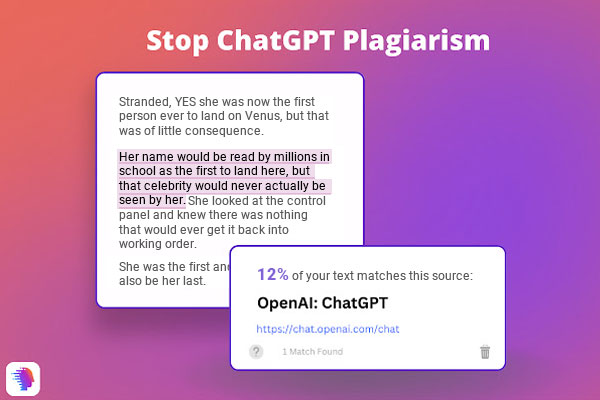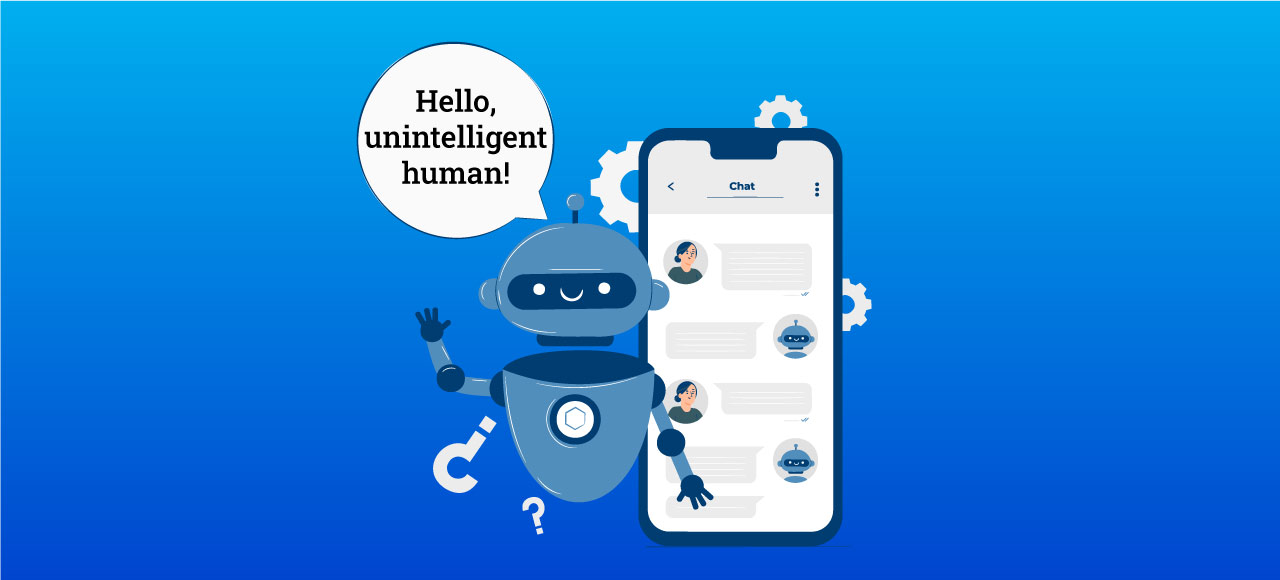Let me begin with a disclaimer. I have a passionate love-hate relationship with ChatGPT. My initial interactions were absolutely jaw-dropping. This made it extremely difficult to curse the AI-powered tool under my breath for making my job look so damn easy!
Using deep learning to generate human-like text, this ChatGPT can answer a wide range of questions across a vast bouquet of domains and with high accuracy. That’s something no writer or even an entire content writing team can possibly bring to the table. But does it have the “expertise” we offer, which comes from being in the content creation space for 20+ years? This is something I was eager to find out. So, I decided to have a “chat” with this state-of-the-art machine learning marvel.
Availability & Speed
The popularity of ChatGPT took the world by surprise, recording unprecedented user and traffic growth. ChatGPT currently has 100+ million users, with the website generating 1 billion visitors per month. While this is astonishing, it’s also the reason its servers are often overloaded. It took me 4 attempts to start my first conversation. Go to another tab and return to ChatGPT, and you could be staring at a blank screen waiting for it to reload answers.
After about an hour of chatting, it called me out for too many requests! Apologies for overloading you, CG (That’s what I called it, and it didn’t seem to mind).

Despite such limitations, ChatGPT can create highly informative content of around 500 words in less than 30 seconds. That’s downright amazing.
Multilingual Content Needs
ChatGPT can converse in 12 languages with fluency, and in hundreds of languages with different proficiency levels. This makes ChatGPT a great tool for self-service customer support, and it can be used very effectively to solve surface-level issues.
For multilingual content related to your brand, Google Translate is probably a better option. It supports 133 languages. While it serves the purpose well, it does have some limitations in understanding the nuances of languages.
Whether you’re using ChatGPT or Google Translate, do have an editor look at the content before publishing it online. After all, things can get lost in translation.

Tone of Voice
ChatGPT uses a whopping ~175 billion parameters to interpret context, tone and conversation flow. This means you can have a “conversation” with the tool.
This means the tool can “understand” what you’re typing. But the tone of the content it creates is a tad monotonous. It’s great for school assignments but needs some “learning” to generate truly conversational content.
The volume of data that ChatGPT holds is expansive. No human brain can hold that much information! While the content generated by ChatGPT is highly informative, it can be a bit dry and repetitive. With the price of content generation being negligible, you might just consider compromising on interesting or engaging content.
ChatGPT will surprise you with its language processing capabilities. But it doesn’t know the nuances of languages yet. It has difficulty understanding context and doesn’t get sarcasm at all (which put me and my smart mouth at a disadvantage!). What this means for your brand is content that doesn’t engage the reader with anecdotes, inferences or humour.

Quite understandably, ChatGPT fails to align its content with your brand’s voice. For that, you’ll need to rely on human writers. That’s not just for tailoring the tone to your brand identity, but for ensuring consistency across platforms.
Meeting Unique Needs
Many of our clients are in the fintech and financial spaces. This means the content needs to walk the tight rope between being promotional and compliant. Financial content must comply with stringent regulations, which spans all communication with customers. From website content, blog posts and thought leadership articles to emails, WhatsApp messages and social media posts, everything falls under the purview of regulations. Any compliance oversight can cost a financial company dearly.
The one limitation of the free version (ChatGPT-3) is that its database has been updated only till 2021. Ask CG for the “latest” information and it will tell you that it cannot respond to queries beyond September 2021.

CG cannot search the internet for information, only its own database. ChatGPT-4 says it can draw from Bing searches, but this is a paid version. Bing accounts for less than 9% of the global search market and Google hasn’t given ChatGPT access to its search. In a world where close to 330 million terabytes of data is generated every day, ChatGPT has a lot of catching up to do.
Financial and fintech entities can use ChatGPT to generate educational content. However, if you’re planning on grabbing reader attention with the latest news, this tool won’t meet your purpose.
ChatGPT for Content Marketing
The adoption of ChatGPT can help your brand generate a vast range of content at a fraction of the cost and time spent for and by human writers. If your objective is to educate a captive customer, ChatGPT may serve your needs well. Instruction manuals, listicles and how to guides are a good way to begin.
Aiming to rank high on Google’s SERPs (search engine results pages)? ChatGPT will not help you get there. Searchability is not a consideration for ChatGPT. So, the content will not follow the SEO best practices. That’s where you need a human SEO content writer.

Moreover, Google has started laying greater emphasis on “Experience” in its E-E-A-T approach. Most importantly, Google can detect whether the content has been generated by a bot. In fact, Google has launched a Chrome extension called Percent Human, which helps identify AI-generated content.

When using ChatGPT, there’s no one you can hold accountable for content quality. You can’t create content for different audiences or tweak the messaging for A/B testing.
The Bottom Line
ChatGPT has some limitations but is undoubtedly an amazing and evolving tool. It is intelligent enough to train other machines to carry out context-based interactions. So, it is a great solution for training chatbots and even human customer support agents to handle different types of conversations.
ChatGPT is a powerful tool for brief explanations. However, it does struggle with contextual content and creating a good flow. Its long-form pieces are also far from engaging. While the sentences are grammatically correct, the overall content lacks, well, the human touch.


Leave A Comment
You must be logged in to post a comment.